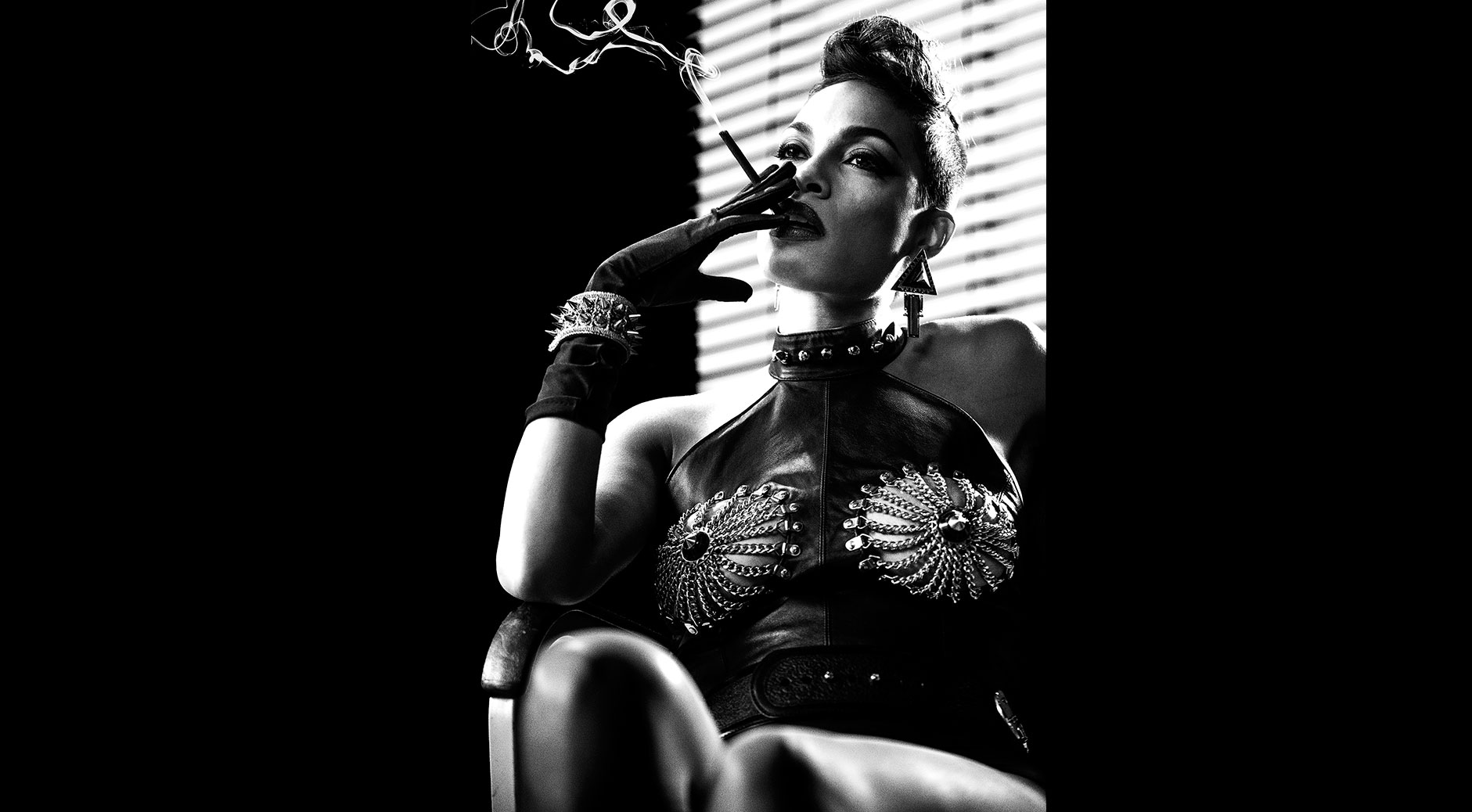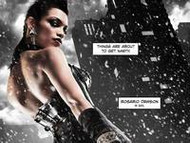Sin City 2: A Dame to Kill For
Posted by Jae Gibbs on 6th Sep 2014
I saw Sin City 2: A Dame to Kill For in theaters after it had already officially bombed at the box office, mostly because I had to know why. I was a huge fan of the original Sin City and had held gin-soaked lavish screening and costume themed parties in honor of its screening in my home on numerous occasions. I loved the cast, the look, the feel, the not-quite-retro noir aesthetic, and for the most part critics agreed with me. We couldn't get enough of this hyper-macho black and white and bloody all over movie magic. But that was ten years ago. I saw this film in theaters knowing that it wouldn't be for everyone, and all I could think was, "Well, that didn't suck."

You see, knowing that Robert Rodriguez had made some movies I like (Sin City, Planet Terror, Desperado) and some films I did not like (Machete, Spy Kids, Machete Kills), and knowing that he made this movie without much of a plan or a budget or support from anyone while never really leaving his private ranch, I kind of expected this sequel to blow chunks. But it did not. It had some real stinkers of lines in dialog ("I'm a liar and a whore and I hurt the only man I ever loved!") but for each of them that came about and no amount of acting (or as was more often the case, over-acting) could rescue, there were at least as many genre savvy gems to wash the bad taste away ("Honey, I was born At Night, but it wasn't Last Night.") The acting leads: Mickey Rourke, Jessica Alba, Josh Brolin and Joseph Gordon-Levitt respectively, were all pitch perfect and, dare I say, even a grand improvement on the original film.
Mickey Rourke especially will go down in history as being known for playing bad-ass monster of a man Marv the same way that Ron Pearlman will be remembered for portraying Hellboy. The whole sequel was worth the price of admission just to see that play out, but it was an even better experience for the fact that Frank Miller wrote new stories full of character development, focus and some very cool shot compositions specifically for Joe Levitt's "Johnny" and for giving Jessica Alba's not-stripping stripper "Nancy" something to do and plausibly the only real plot-arc across the two films with very believable (for the setting) plot and character development. She gets to kick ass, to have emotions and have agency and motivation instead of being some man's object of desire or predation. As for Josh Brolin's portrayal of "Dwight", I am sorry to say that he is the better actor, hero and well, the better "Dwight" between him and the original's cleft-chinned dream-boat, Clive Owen. Still, I wish they had brought Clive back for after Dwight gets his cosmetic facial surgery and new identity for a few scenes, even if (especially if) they had dubbed Brolin's growling over Owen's hilarious attempt at an American accent.

But alas, the devil's in the details: there were fewer characters and fewer big digitally enhanced fun-to-look-at special effects scenes because they had less money to make this one, and it shows. This gives the movie a lack of texture, and it seems like the world is smaller and not occupied by colorful background players, even when people are seen in the background or plot lines overlap. It breaks the first rule of sequels: always make the next one bigger and better and give the people more of what they want. But instead, Mr. Miller and Mr. Rodriguez played a trick on us: they gave us development and a slow-burning sense of melodrama and heightened reality that wasn't quite the living cartoon the first film had been. It was a gamble worthy of poor Johnny, and like his story, it didn't work out too well. The movie ends on a bit of a thud, with only one out of 4 plot lines really resolved satisfyingly, and that's the worst I can say about it. I saw it and it didn't suck. Better luck next time, boys. The House always wins.
Share:

